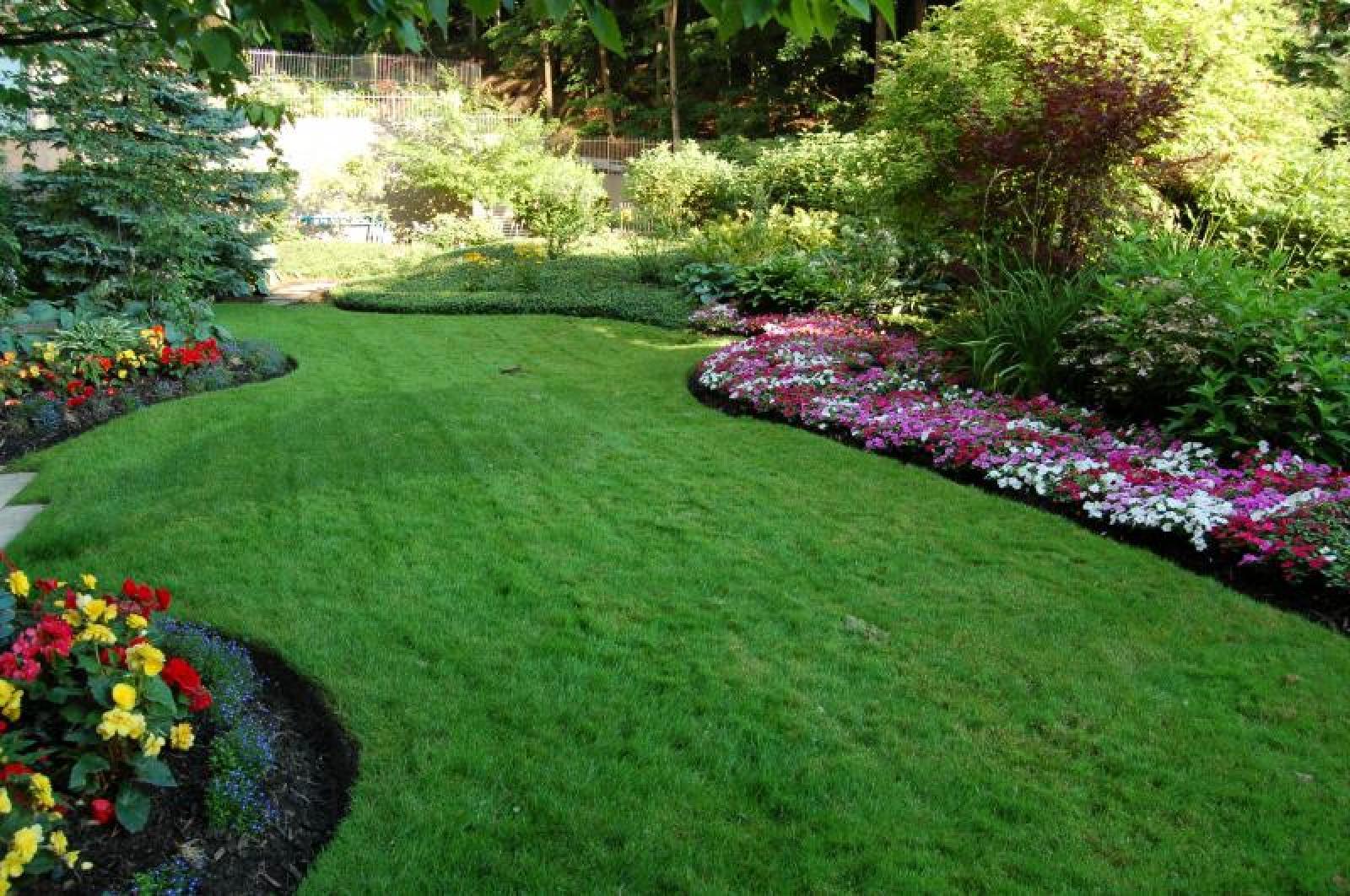Why Choose Us
All lawn care companies are not the same.

Lazarov Lawn Care Benefits:
Premium Turf-Grade, Granular, Slow-Release Fertilizer
Even feeding, long-lasting color, better disease and drought tolerance, root growth, and overall health
The Finest Professional Turf-Grade Broadleaf Weed Control
Covers more broadleaf weeds than any other product and carries our guarantee
Dual Application Equipment
We can spread granular fertilizer and spray liquid weed control during the same treatment
Premium Turf-Grade Pre-Emergent for Crabgrass
Longer residual, better results, covers other grassy weeds
Licensed Lazarov Lawn Care Professionals
Trained, knowledgeable professionals who know your specific lawn needs
Lawn Care Tips
When deciding on a mowing height, the most important consideration is the variety of turfgrass. In Minnesota, we have cool-season turfgrasses including Kentucky bluegrass, fescues, and ryegrass. Cool-season grass should be cut at a height of 2.5”-3.5” depending on the temperature. During hot months, the mowing heights should be at high rate.
Determining when to mow should be based on the growth rate of the grass, not on the calendar. To keep your lawn looking its best, remove only about one-third of the leaf blade each time you mow. Another good practice is to change direction with each mowing. This keeps the turf growing in an erect, upright position rather than leaning in the direction it was mowed. It also helps reduce turf wear and the possibility of scalping.
Making sure your rotary mower blade is sharp is probably the single most important requirement for proper mowing. A dull blade rips and shreds the grass instead of cutting it. Mowing with a dull edge makes the grass susceptible to several problems, such as brown leaf tips, diseases, and insects. A good guideline for blade sharpening is to sharpen your rotary mower blade once each month. Try it! You’ll really notice the difference.
Lawns need up to one inch of water per week in order to thrive. If nature doesn’t provide it, you’ll have to step in and sprinkle. Watering should start before the lawn shows signs of stress. When your lawn starts to dry out, it will tell you. The blades roll up lengthwise to conserve moisture. At the same time, they lose their bright green color, and the entire lawn may take on a grayish cast. Thirsty grass plants also lose their resiliency, so if you walk across a lawn in need of water, the grass will not spring back and your footprints will remain visible.
Lawns should be watered deeply, moistening the soil to a depth of 6 to 12 inches, and as infrequently as possible. Running a sprinkler for a few minutes every evening is the worst way to water a lawn. Roots grow only where there is water, so if you consistently wet only the top few inches of soil, the roots do not venture any deeper. Eventually, the limited depth of the root system forces you into watering more often. That means trouble because frequent watering keeps the surface wet, which is ideal for disease development. If roots go deep into the soil, they can draw on larger underground water supply and the lawn can go much longer between watering.
Aeration is one of the best treatments for a lawn. Aeration pulls small 2” plugs from the soil. The root system will receive oxygen and reduce soil compaction. Water and fertilizer are much more effective after this treatment. We recommend aeration every fall.
Many people don’t realize how fragile their lawn can be. Heavy traffic areas from people and pets can be a real problem for a lawn. Be aware of areas that are high traffic points including steps and landings to grass, driveway and walkway corners, swing sets and dog runs. Simple things like not placing the garbage can on the corner of your lawn. Or letting your dog out in different areas of the lawn to reduce constant wear can make a big difference.
